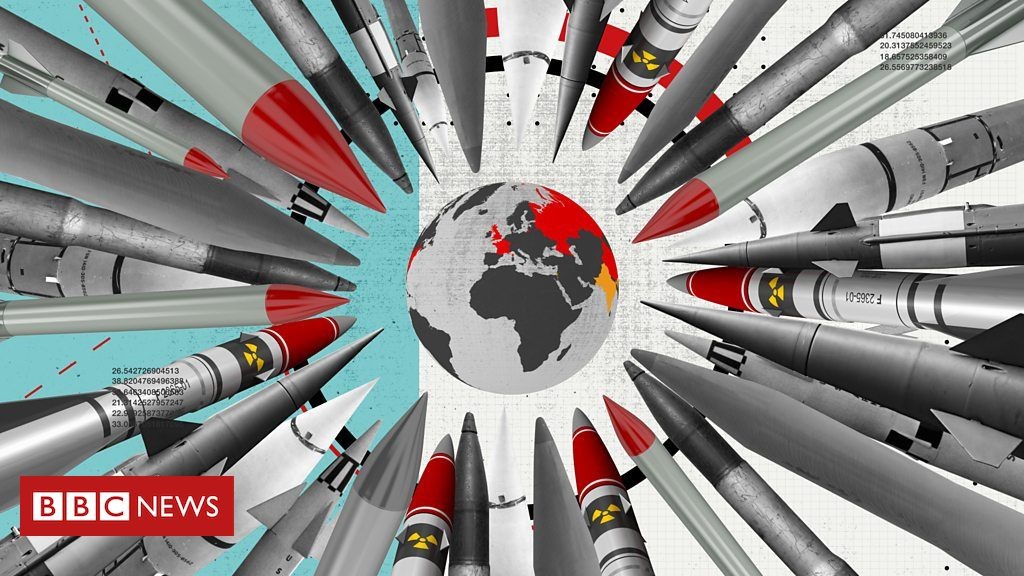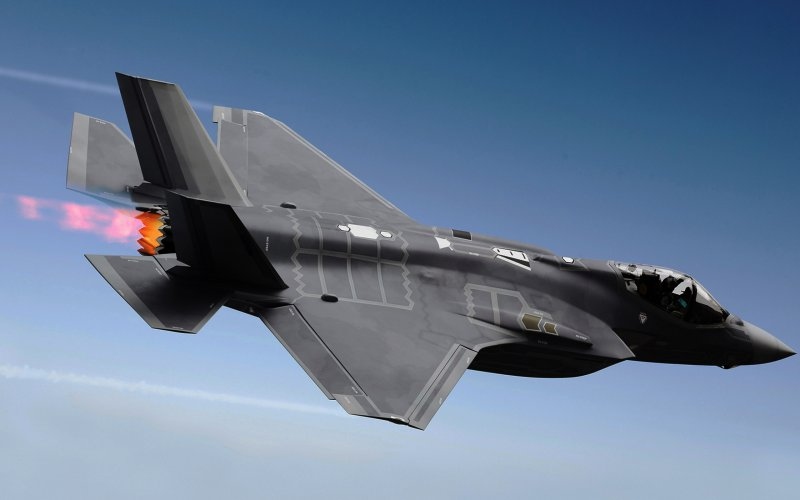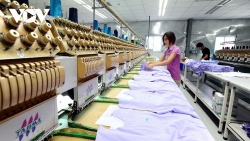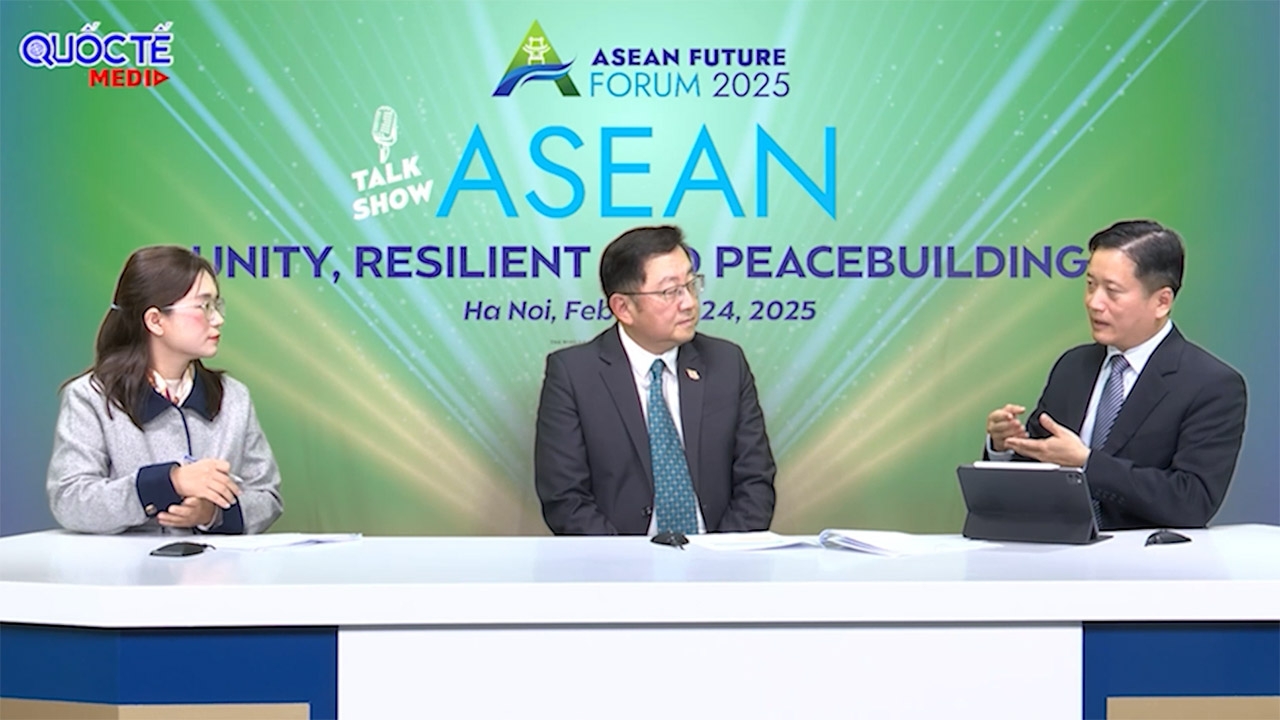
Complex arms market - indicator of arms race, instability
Latest
In the past 5 years (2016-2020), the world's import and export of weapons and military vehicles showed signs of slowing down, after a decade of continuous increase. However, the number and total value of arms sales contracts are still large, and they continue to increase in some regions and countries.
According to a report by the Stockholm International Peace Research Institute (SIPRI), the amount of weapons imported by Middle Eastern countries increased by 25% compared to the period 2011-2015.
 |
| The arms race is driving an increase in the global arms trade. |
In 2020, the world faces many challenges due to economic recession, climate change, natural disasters, epidemics, but military expenditure of countries still increased by 2.6% compared to 2019.
Recently, the United Arab Emirates (UAE) and the US have struck nearly 23 billion USD in business deals, including 50 F-35s, 18 advanced armed drone systems. The US, UK and Australia have signed a historic agreement, AUKUS, to build nuclear submarines.
What is remarkable about the development of the import and export market of weapons? What is the cause? What's hidden behind the huge arms sales contracts?
The following are some notable takeaways:
First, arms exports bring huge profits to the great powers. In 2019, the revenue of the world's 25 largest defense industry groups was 361 billion USD, increasing by 8.5% over the previous year.
Profits are high, so many countries stimulate an arms race through military engagement and presence.
Second, threats and security challenges increase in many areas, leading to an increase in the need to import weapons.
For example, the war in Syria effectively advertises advanced weapons; The East Sea dispute promotes regional countries to modernize their weapons and equipment; The Middle East and some other parts of Asia - where hotspots exist – are major weapons importers.
Third, manufacturing and exporting high-tech weapons is an expression of national strength and position. Major powers strengthen and expand their network of alliances and partners, in order to restrain and cope with opponents, increasing role, influence and strategic interests in the region and other countries. The AUKUS Agreement is one such case.
Fourth, countries import weapons for different purposes. They are to protect national independence, sovereignty and interests; to increase military power to engage and compete for regional influence; or to increase relations with major powers and strengthen alliances.
Viet Nam's 2019 National Defence White Paper affirms that "Viet Nam's defense policy is peaceful and self-defensive; resolutely and persistently strive to settle all disputes and disagreements by peaceful means based on international law”; "oppose to arms race activities".
Senior Lieutenant General Nguyen Chi Vinh, former Deputy Defense Minister, in charge of defense foreign affairs, who directly directed planning many national defense and defense strategies, stated: "Train your troops well so you don't have to fight, buy modern weapons so you don't have to shoot."
Viet Nam advocates building the synergy of the nation, the armed forces, including weapons and equipment of sufficient types and quantities to defend the Fatherland, prevent the risk of war, in accordance with the capacity of the economy.
Fifth, trading in high-tech weapons has strict principles. Some weapons and technologies cannot be selled or transferred (such as nuclear weapons, strategic weapons) or only to a few trusted allies (such as nuclear submarine technology). .
Buying and selling weapons is an important criterion to demonstrate the position in alliance and partnership relations. The AUKUS agreement shows that Britain and Australia are trusted and preferred allies of the US. In contrast, France, a longtime US ally, feels left out.
Sixth, the sale of weapons also puts allies and partners in front of complicated and sensitive situations.
After Turkey bought the S-400 from Russia, the US excluded Turkey from the project to deliver F-35 aircraft.
 |
| American F-35 fighter jet. (Photo: U.S. Air Force) |
For the 5 billion USD deal of missile systems between India and Russia, if the US does not enforce the law punishing countries that have arms trading relations with the opponent, it will lose its prestige; but the US also does not want to affect relations with India - an important member of the Quartet (QUAD).
Russia has just supplied Su-35 generation 4++ to China, and has also provided S-400 systems, submarines, and aircraft carriers to India. Meanwhile, India is both a QUAD member and has a tense border issue with China. China and Russia are getting closer under pressure from the US and the West.
Obviously, the purchase of weapons has a complex interweaving of links and interests; affecting the relationship between countries, both allies, partners and adversaries.
Seventh, the world still has potential risks and security challenges, so countries continue to modernize their armies, weapons and military equipment.
The purpose of using weapons - for defense or for engagement - is one of the basic factors to assess the danger of the weapons import or export of a country.
Eighthly, security challenges, the risk of war, armed conflict, terrorism, competition for the leadership position, national interests, etc., promote the arms race - the basic causes and direct impact to the arms market.
The complexity and uncontrollability of arms market reflect the world complexity, contributing to making the world more unstable and complicated.
In the coming time, arms imports and exports will still increase despite the economic downturn and the Covid-19 pandemic.
The hot development of the arms market, the lack of control of treaties and mechanisms, is a manifestation of an arms race, a sign of instability.
| Viet Nam's Defense White Paper 2019 affirms that "Viet Nam's national defense policy is peaceful and self-defensive; resolutely and persistently strive to settle all disputes and disagreements by peaceful means based on international law”; "oppose to arms race activities". |

| Efforts made to protect interests of Vietnamese products in EU market Viet Nam has taken various measures in a bid to protect the interest of Vietnamese products and exporters in the EU markets, according to the ... |

| Viet Nam enjoys export potential to Turkish market Despite the complicated developments of the COVID-19 pandemic, agricultural exports are seeing bright signs, with Turkey emerging as a potential market for Viet Nam, according ... |

| Viet Nam is a vibrant emerging market with good consumer demand for Middle Eastern enterprises According to Mr. Krishnakanth Kodukula – General Director of Zamil Steel Buildings Vietnam Co., Ltd, for Middle Eastern enterprises, Viet Nam is not only a ... |

| Vietnamese firms to fully capitalise on the EU market Europe is a large market for Vietnamese goods, but businesses need to grasp its quality standards and consumption trends so as to fully capitalse on ... |























